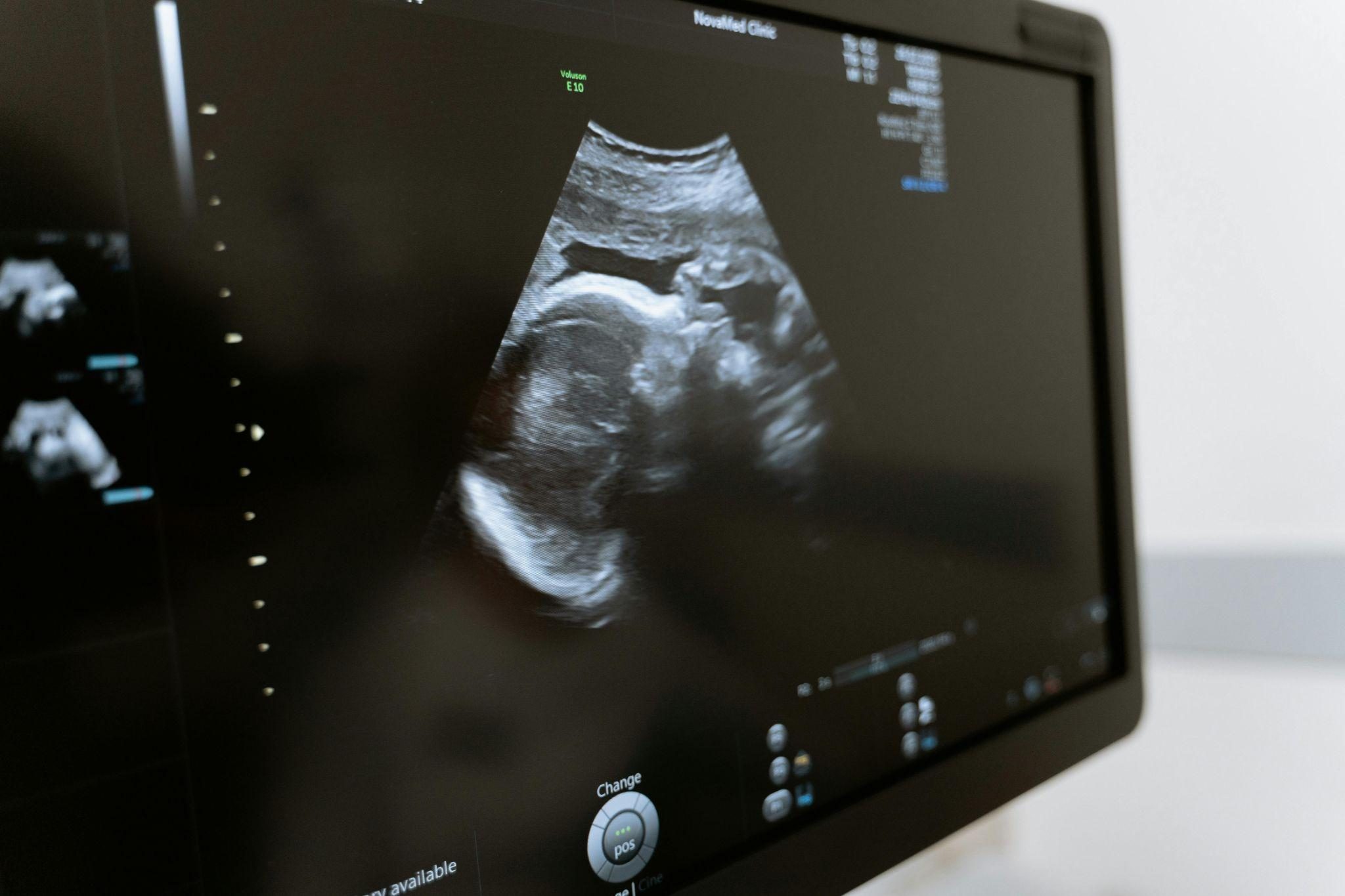
@ShahidNShah


Precision lies at the heart of medical diagnostics, where even the slightest error can lead to incorrect treatment decisions. With the ever-increasing demand for accurate and reliable diagnostic equipment, innovative technologies are playing a crucial role in revolutionizing this field. Among these, servo drives stand out as a game-changer. These devices are redefining the limits of precision, ensuring that diagnostic tools deliver consistent and dependable results in critical applications.
Servo drives have become the backbone of advanced medical equipment, enabling unparalleled motion control and enhancing the functionality of devices like MRI machines and robotic surgical tools. But what exactly are servo drives, and why are they pivotal in medical diagnostics? Let’s explore.
Servo drives from ADVANCED Motion Controls are at the forefront of innovation in medical diagnostic equipment, providing precise motion control solutions that power devices like MRI machines, CT scanners, and robotic surgical systems. These advanced drives ensure seamless performance, delivering the reliability and accuracy essential for critical healthcare applications. With a commitment to excellence, ADVANCED Motion Controls continues to push the boundaries of motion control technology, supporting the evolution of modern medical diagnostics.
Servo drives are essential components in motion control systems, designed to regulate the movement and position of motors with exceptional precision. By processing feedback signals from the motor, these devices adjust torque, speed, and position in real time, ensuring optimal performance.
A servo drive system typically comprises the following components:
Each component works cohesively, creating a feedback loop that guarantees precise and adaptive control. This synergy is particularly vital in medical diagnostic equipment, where accuracy is non-negotiable.

Precision is a cornerstone of medical diagnostics, where accurate results can mean the difference between early detection and missed diagnoses. Modern diagnostic tools rely heavily on motion control to perform complex tasks, such as imaging internal organs or positioning a patient. Servo drives, with their unparalleled precision, ensure these tasks are executed flawlessly.
These applications underscore the indispensable role of servo drives in enhancing the capabilities of medical equipment.
Servo drives empower diagnostic equipment with superior motion control, reliability, and efficiency. Here’s a closer look at their transformative impact:
Servo drives enable precise positioning and movement in imaging systems, ensuring high-resolution results. For instance:
By reducing response times and optimizing movement, servo drives significantly accelerate processes like patient scanning and positioning. This leads to quicker diagnoses, benefiting both patients and healthcare providers.
Modern servo drives incorporate energy-efficient designs, minimizing power consumption without compromising performance. This translates to reduced operational costs and a smaller environmental footprint.
Servo drives offer several distinct benefits that make them indispensable in the medical field:

Servo drives come in various types, each suited for specific applications within the medical field. Understanding these types can help in selecting the right one for a particular diagnostic need.
AC servo drives are widely used due to their robustness and ability to handle high power levels, making them ideal for medical equipment requiring consistent performance over extended periods.
Pros:
Cons:
DC servo drives are known for their simplicity and precision in low-power applications. They are often used in laboratory automation tools and smaller diagnostic devices.
Pros:
Cons:
Linear servo drives are highly specialized and used in equipment that demands ultra-high precision, such as robotic arms in laboratory settings.
Applications:

Servo-driven medical equipment comprises several critical components, each contributing to the overall precision and reliability of the system:
Each component must function harmoniously to meet the stringent demands of medical diagnostics.
To achieve peak performance in medical equipment, several parameters of servo drives must be carefully optimized:
Sub-micron precision is often required in medical diagnostics to ensure accurate results. For instance, MRI machines need tolerances as tight as 0.01 mm to produce high-quality imaging.
Quick adjustments in positioning and operation reduce diagnostic time, enhancing patient throughput and minimizing waiting periods. Servo drives with high responsiveness are crucial in dynamic applications like CT scanning.
Servo systems in medical equipment must adhere to stringent safety standards, such as ISO 13485. These regulations ensure the devices are safe for both patients and operators, with fail-safes built into the system.
While servo drives offer numerous benefits, there are challenges to consider during their implementation:

Servo drives find application in a wide range of medical diagnostic tools and systems, including:
Selecting the appropriate servo drive involves assessing the unique requirements of the medical application:

Servo drives are often compared to other motion control technologies like stepper motors and pneumatic systems. Here’s a quick comparison:
The future of servo drives in medical diagnostics is shaped by technological advancements and evolving healthcare needs:
Servo drives are transforming the landscape of medical diagnostics by delivering unmatched precision, efficiency, and reliability. From imaging systems to robotic surgical tools, their impact is evident across a range of applications. As healthcare continues to demand more accurate and efficient diagnostic tools, investing in the right servo drive technology will remain a critical step for manufacturers and healthcare providers alike.
By staying informed about the latest advancements and choosing the appropriate solutions, the industry can ensure that servo drives continue to revolutionize medical diagnostics for years to come.

Medical malpractice can feel like a nightmare, turning your world upside down. Whether it’s a missed diagnosis, a surgical error, or a treatment gone wrong, the impact can be life-changing. Sadly, …
Posted Dec 4, 2024 Physicians Healthcare Legal Medical Practice
Connecting innovation decision makers to authoritative information, institutions, people and insights.
Medigy accurately delivers healthcare and technology information, news and insight from around the world.
Medigy surfaces the world's best crowdsourced health tech offerings with social interactions and peer reviews.
© 2025 Netspective Foundation, Inc. All Rights Reserved.
Built on Apr 17, 2025 at 6:07am